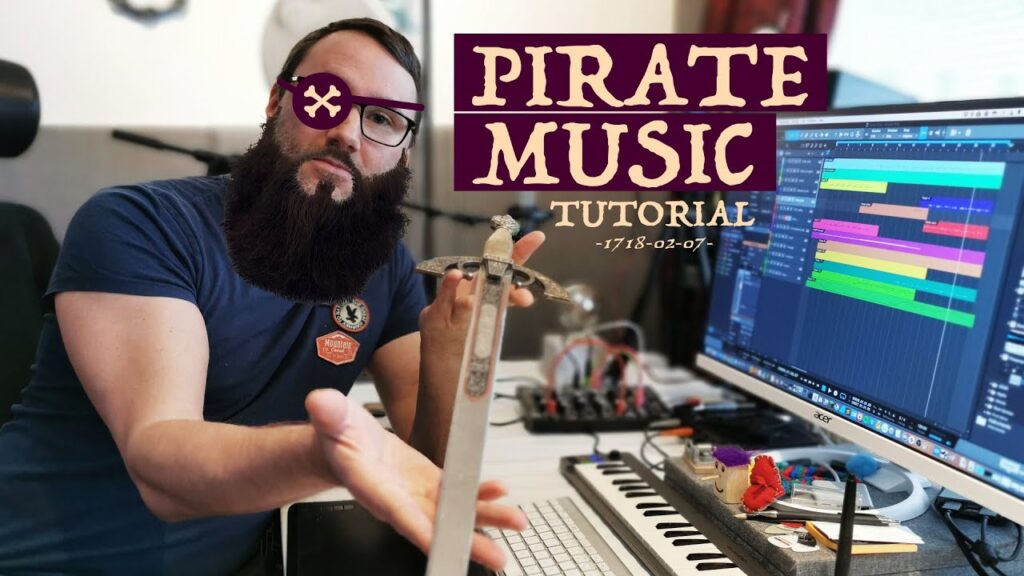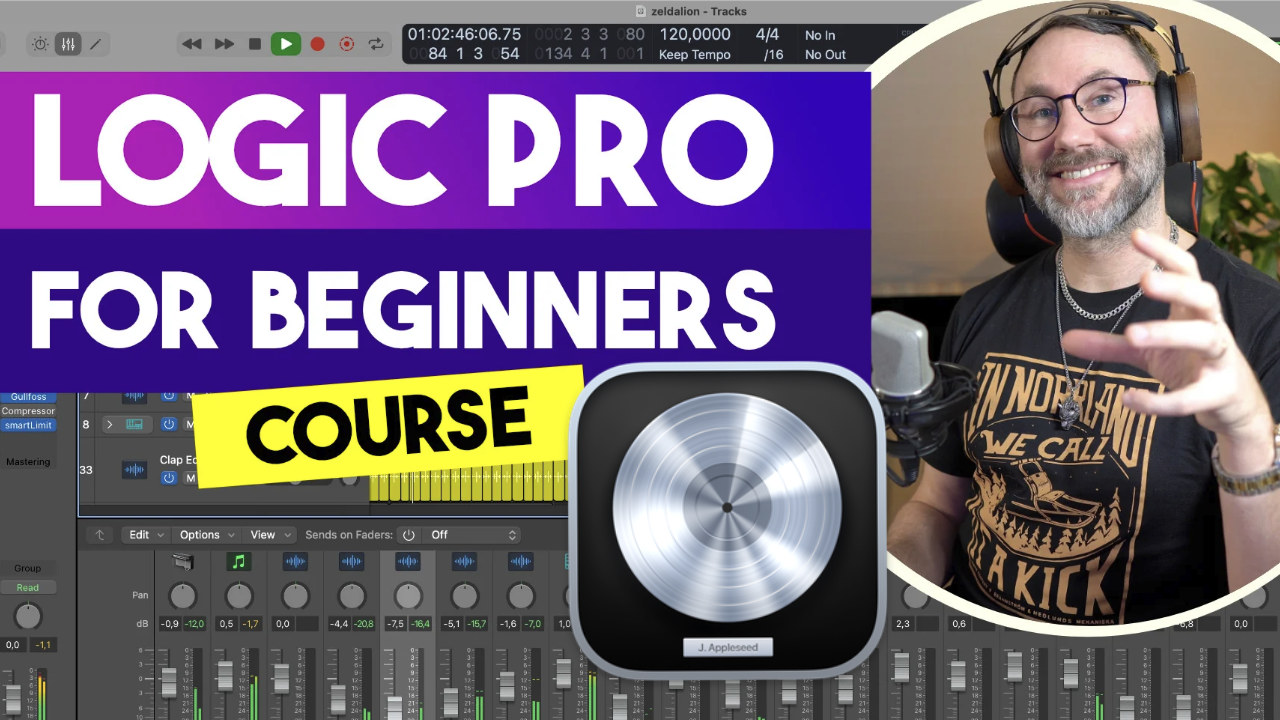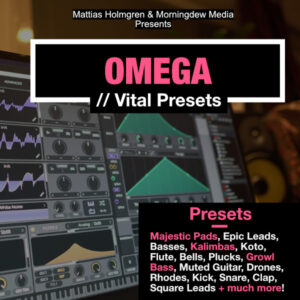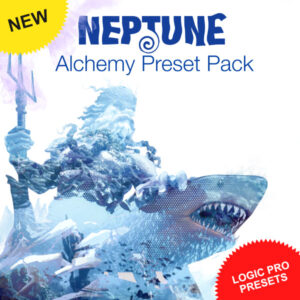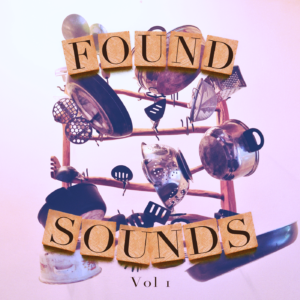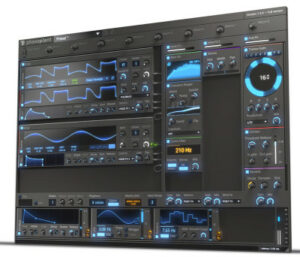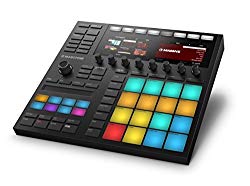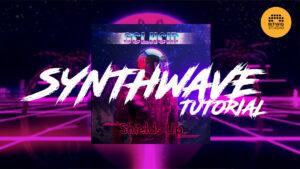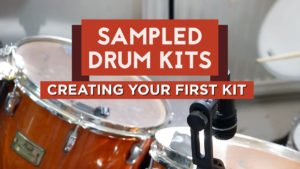In this article we look at how to compose Pirate music for games!
Let’s break down a Pirate game loop I produced for Peak Games (game company from Turkey).
To record and compose the music we work with Studio One. But you can basically use any DAW to replicate this kind of music as long as you have the right samples. Importantly, we look at arrangement, chords, melody, instrumentation, layering.
Furthermore, I explain why I select each specific instrument for the pirate music cue.
Pirate melody and chords
In the video we talk about the melodic phrasing and question / answer in melodies. Importantly this will give you some helpful tools to write great pirate game music.
Pirate theme for games
Pirate melodies and rhythm tend to be jumpy and bouncy so that’s what we are working with, without going too much into Pirates Of The Caribbean.
The pirate game music loop was going to work in the background of a pirate themed game, so I needed to keep things a bit on the calmer side.
- For an instant pirate sound, accordions work well. They’re also characterised by a stride bass pattern (bass note on beats 1 and 3, chord on 2 and 4)
- pirate music is often based on folk-style melodies which are heavily swung, lots of dotted notes.
If you want to listen to a great pirate game score I highly recommend listening to the score of Assassin’s Creed Black Flag. The game Black Flag contains a very cinematic pirate game score composed by Brian Tyler.
Pirate music instrument, Hurdy-gurdy
One of the most common and iconic instrument I can think of when it comes to pirate music is the hurdy-gurdy. Sometimes called wheel fiddle. The hurdy-gurdy features three strings strung across a wheel that accesses a bow. You turn the wheel and it vibrates the strings. Two of the strings are droning and the middle string has wooden keys on it that you use to play a melody.
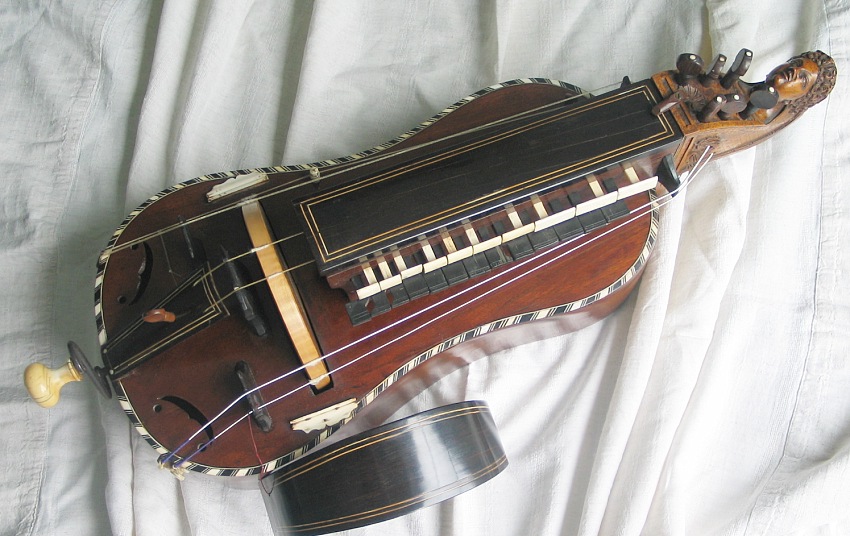
It’s like a very primitive violin. The hurdy gurdy is a tricky instrument to play but instantly gives a pirate sound. When you hear it in context it reminds of a bag pipe.
If you play games like Assassins Creed – Black Flag, Sea Of Thieves, watch films like; Black Sails, you can hear the Hurdy-gurdy all over the place.
Instruments in pirate music
Other typical instruments found in pirate music themes is the cello (preferably staccato), violins, accordion, military snares, cornet / trumpet and flutes etc.
In the pirate music video above I talk about why we often hear staccato cellos, trumpets and military snares in pirate themes.
When we want to convey war we use these instruments because it’s sub-consciously those instruments used throughout the ages in war-related scenarios. Burials (trumpets), marching troops (military snare), war horn before battle (trumpets). So the typical use-cases of these instruments go way back. We can use this to our advantage when selecting instruments for our pirate music cue.
Get in the right pirate music mood
In this pirate music cue I was depicting some kind of war scenario, not actual battle, but a foreboding war between the english and caribbean pirates.
It will help tremendously if you set up a topic and scenario in your mind before starting to work on any creative piece. I do this all the time in any type of music track or art piece I create.

Learn more about pirate music as a “genre”
Pirate music, also known as sea shanties, are a traditional form of maritime folk song that were sung by sailors and pirates during the golden age of piracy in the 18th and 19th centuries. These songs were used to pass the time and improve morale during long voyages, and often featured lyrics about life at sea, adventure, and maritime folklore.
If you’re interested in composing pirate music, there are a few key elements that you’ll want to consider in order to capture the feel and spirit of this genre.
Chord Suggestions for pirate music:
One of the most distinctive features of pirate music is its use of simple, repetitive chord progressions. These progressions often consist of just a few chords that are repeated over and over again, with the lyrics fitting into the chord changes. Here are a few chord progressions that you might consider using in your pirate music compositions:
- I-IV-V: This is a classic rock and roll chord progression that works well for pirate music. The I, IV, and V chords are the tonic, subdominant, and dominant chords of a particular key, and can give your music a sense of forward momentum and energy. For example, in the key of C, the I, IV, and V chords would be C, F, and G.
- I-vi-IV-V: This chord progression adds a bit of variety to the I-IV-V progression by including the vi chord (the minor sixth) as well. This can give your music a slightly more adventurous or exotic feel. In the key of C, the chords would be C, Am, F, and G.
- I-IV-vi-V: This chord progression is similar to the I-vi-IV-V progression, but replaces the minor vi chord with a major vi chord (the major sixth). This can give your music a more upbeat or celebratory feel. In the key of C, the chords would be C, F, A, and G.
Pirate Instrument Suggestions:
There are a wide range of instruments that you can use in your pirate music compositions, ranging from traditional maritime instruments like the accordion and fiddle to more modern instruments like electric guitar and synthesizers. Here are a few instrument suggestions to consider:
- Accordion: The accordion is a popular instrument in pirate music due to its ability to play melodies and chords at the same time, as well as its portability. It can add a lively, festive feel to your music.
- Fiddle: The fiddle, also known as a violin, is another popular instrument in pirate music. It can add a lively, energetic feel to your compositions, and can be used to play both melodies and chordal accompaniment.
- Mandolin: The mandolin is a plucked string instrument with a bright, ringing sound that can add a touch of whimsy to your pirate music. It is often used for melodies, but can also be used for chordal accompaniment.
- Electric guitar: The electric guitar can add a modern twist to your pirate music, and can be used to play both melodies and chords. You can use a variety of effects pedals, such as reverb and distortion, to give your guitar a more “piratey” sound.
- Synthesizers: Synthesizers can be used to create a wide range of sounds, including sea shanty-inspired instrumentation like accordions and fiddles. You can also use synthesizers to create more modern, electronic-sounding elements in your compositions.
Learn more about pirate music in my article – Composing Pirate Music: Tips and Techniques
#piratemelodies #piratemusic #studioonetutorial
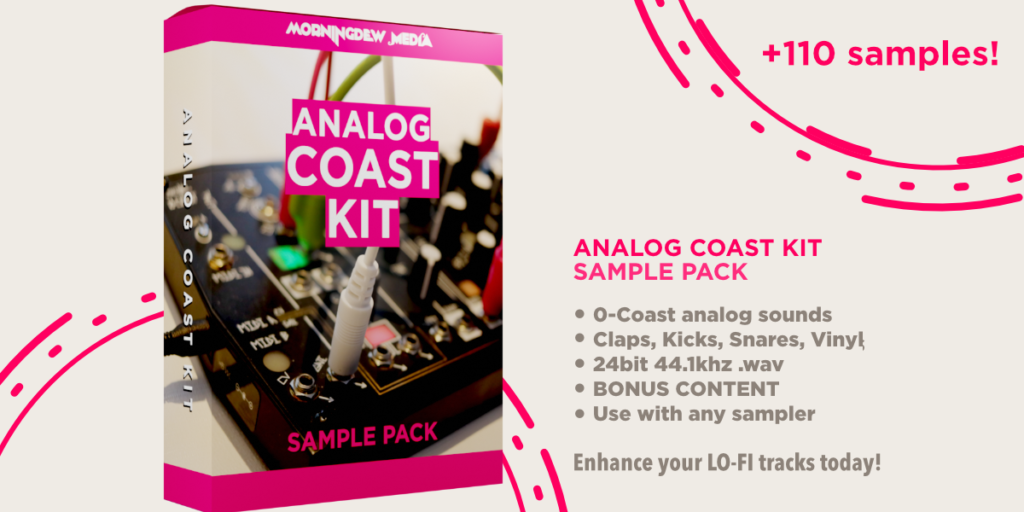
What gear I use in the studio? Check out the Resources Page.
Join my exclusive community: https://www.patreon.com/gelhein
Be sure to sign up to our newsletter for new exciting articles in design, music production and sound design.
